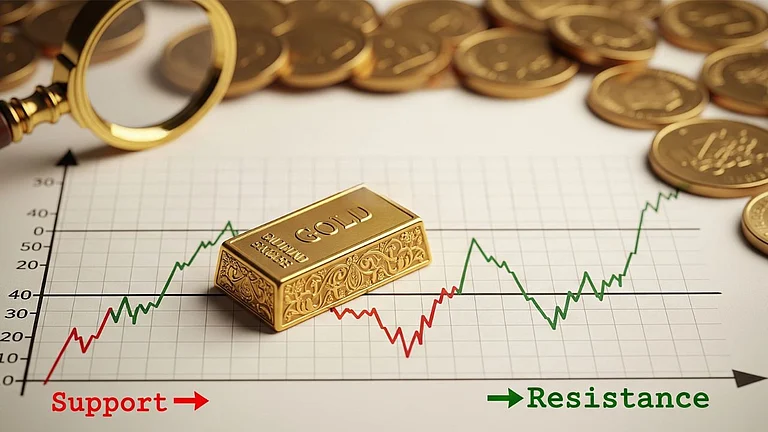
Summary of this article
Lab-grown diamonds challenge natural diamonds, redefining luxury and affordability globally.
Market share rising fast, projected to reach 25 per cent by 2030.
Traditional jewellers adapt, promoting natural diamond rarity amid growing lab alternatives.
By Palak Bansal,
Natural diamonds have been considered as the quintessential representation of wealth, exclusivity and prestige for more than a century. However, the sharp increase in the lab-grown diamonds is causing a significant change in the global diamond market. These technologically advanced, ethically sourced stones are no longer viewed as merely substitutes but rather as significant disruptors that are changing consumer tastes, business dynamics and the direction of fine jewellery.
Lab-Grown Diamonds Rise
The physical and chemical makeup of lab-grown diamonds is the same as that of mined diamonds, which are created using sophisticated techniques like Chemical Vapour Deposition (CVD) and High-Pressure High Temperature (HPHT). Their origin is the only distinction: one is produced by nature over billions of years, whereas the other is cultivated in a lab setting in a few weeks. In addition to being economical, this innovation appeals to a generation of consumers who are becoming more conscientious.
Changing the Mindsets of Consumers
When making purchases, modern consumers, Millennials and Gen Z in particular give sustainability, affordability and transparency top priority. Diamonds grown in laboratories provide all three. They are usually 40–60 per cent less expensive than real diamonds which makes luxury more affordable without sacrificing brilliance or quality.
Data and Trends in Global Market Growth
Over the past ten years, the lab-grown diamond industry has grown at an exponential rate. Industry reports state that, in 2016, less than 1 per cent of the world's diamond market was made up of lab-grown diamonds. Due to increased availability and consumer awareness, the share increased to approximately 3–4 per cent by 2020. Lab-grown diamond sales jumped to almost $12 billion worldwide in 2023, accounting for about 10 per cent of the diamond market. Forecasts indicate that the lab-grown diamonds may account for 20–25 per cent of the world market by 2030, with the sales expected to reach $35–40 billion. This trajectory shows the structural change in the way diamonds are viewed and bought globally, which not just a trend.
The Effect on the Conventional Diamond Sector
The lab-grown revolution has forced the traditional diamond industry, which is dominated by mining giants, to adapt. Due to changing consumer preferences, a number of traditional jewellers have added lab-grown collections to their lineup. To distinguish mined diamonds from their lab-grown counterparts, mining companies are spending money on marketing campaigns that highlight the natural heritage and rarity of these stones.
Conclusion
Lab-grown diamonds are changing not only the diamond market but also what it means to be a luxury. The previously unchallenged supremacy of the extracted diamonds is currently under threat from a new kind of brilliance that embodies both conscience and beauty.
The author is Founder of Oliveara Jewels
(Disclaimer: Views expressed are the author's own, and Outlook Money does not necessarily subscribe to them. Outlook Money shall not be responsible for any damage caused to any person/organisation directly or indirectly.)










